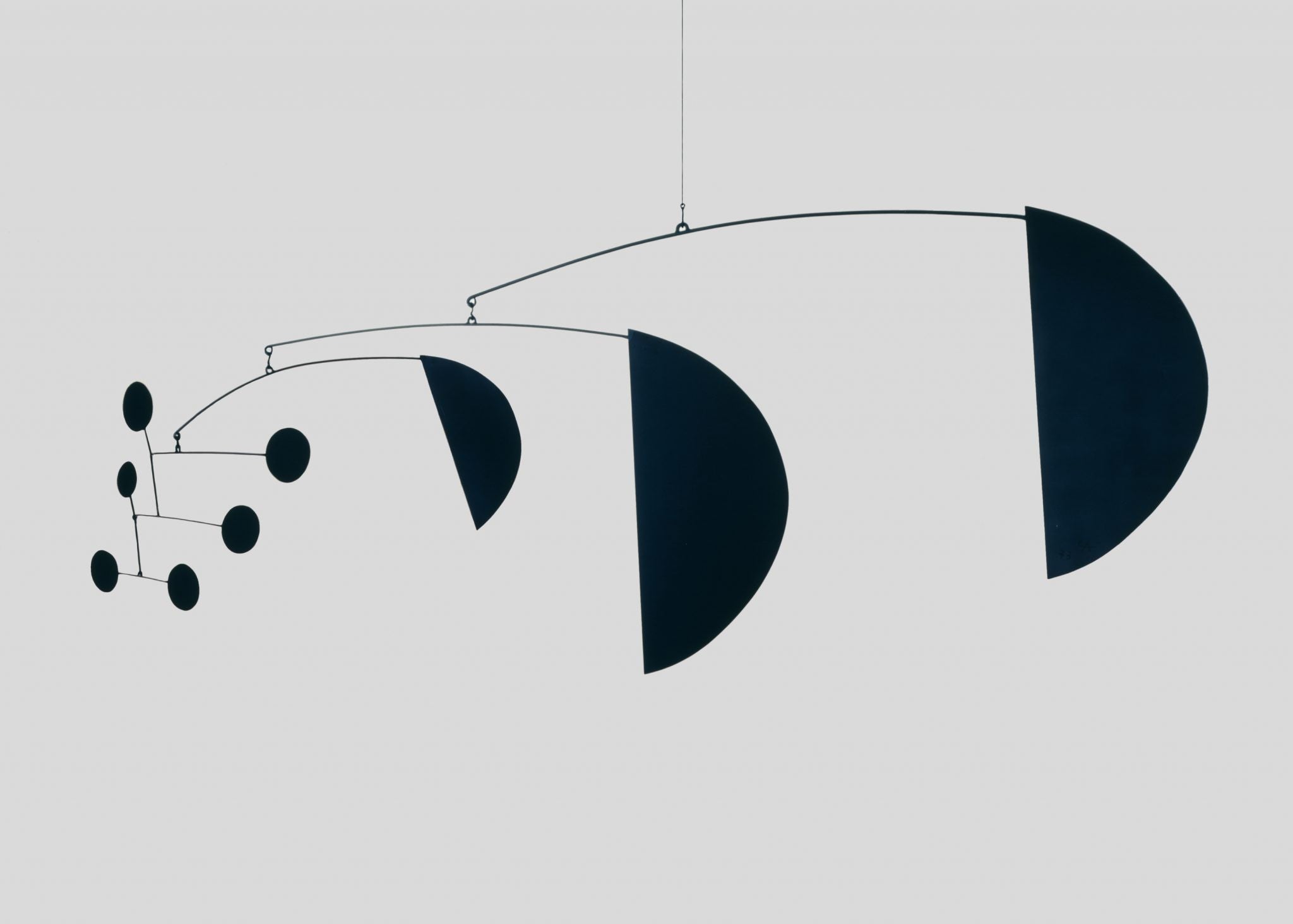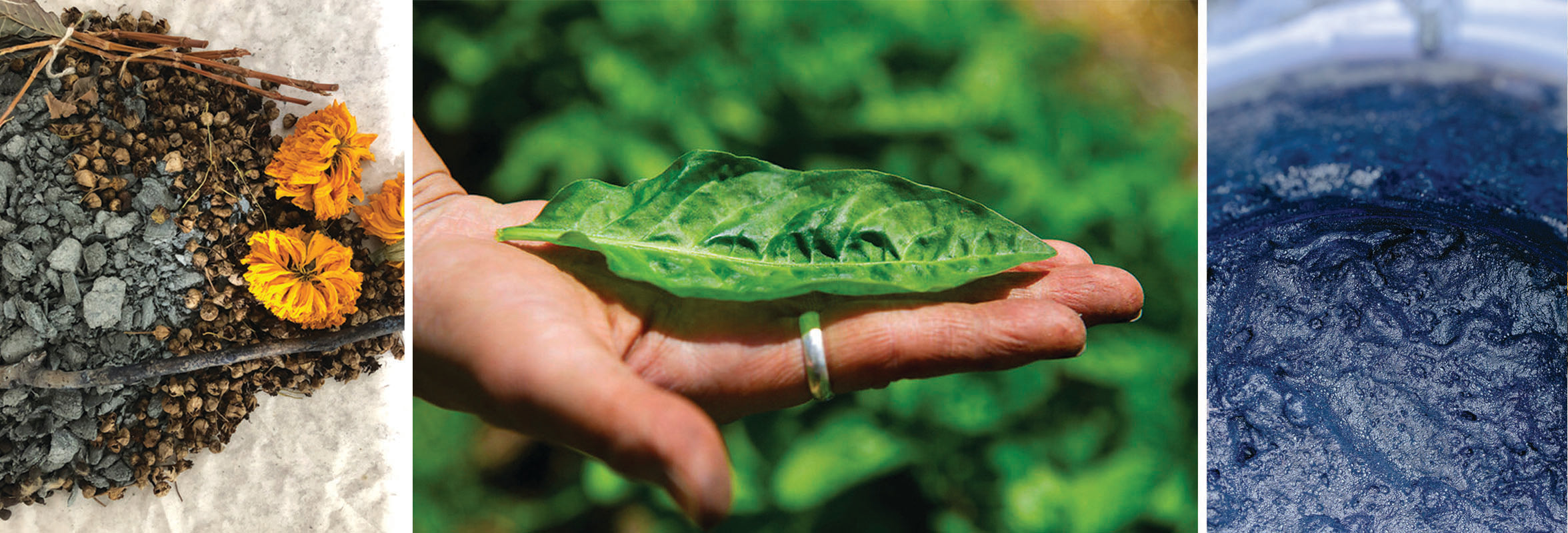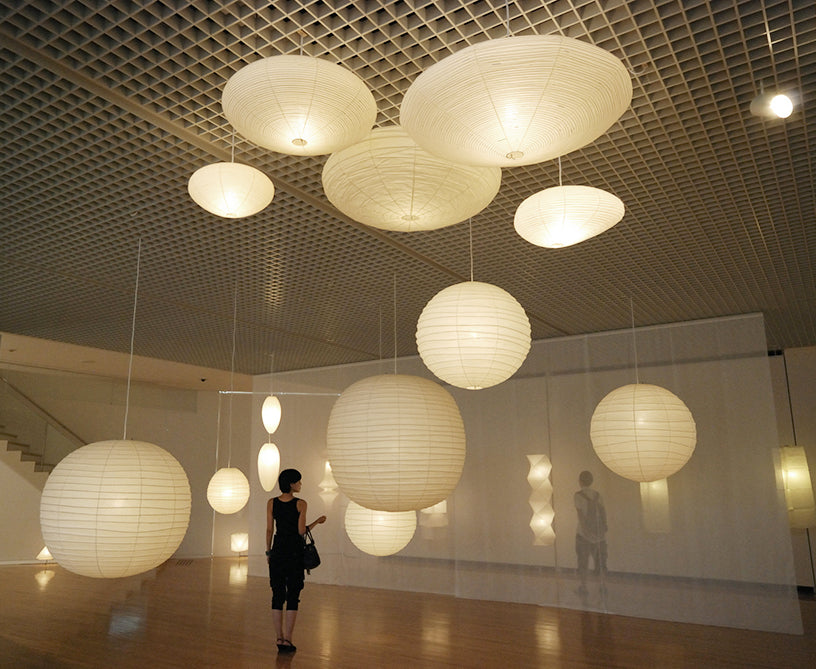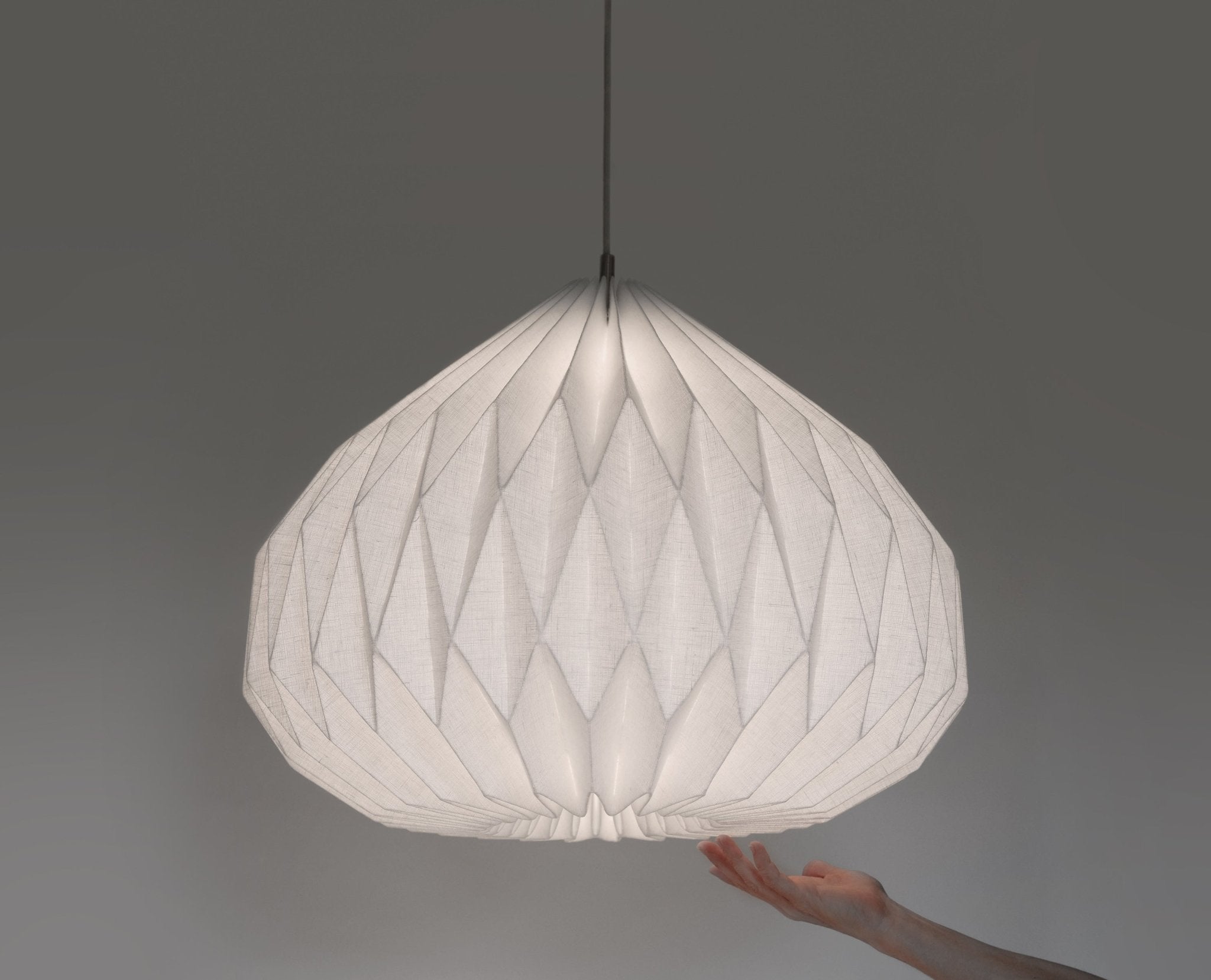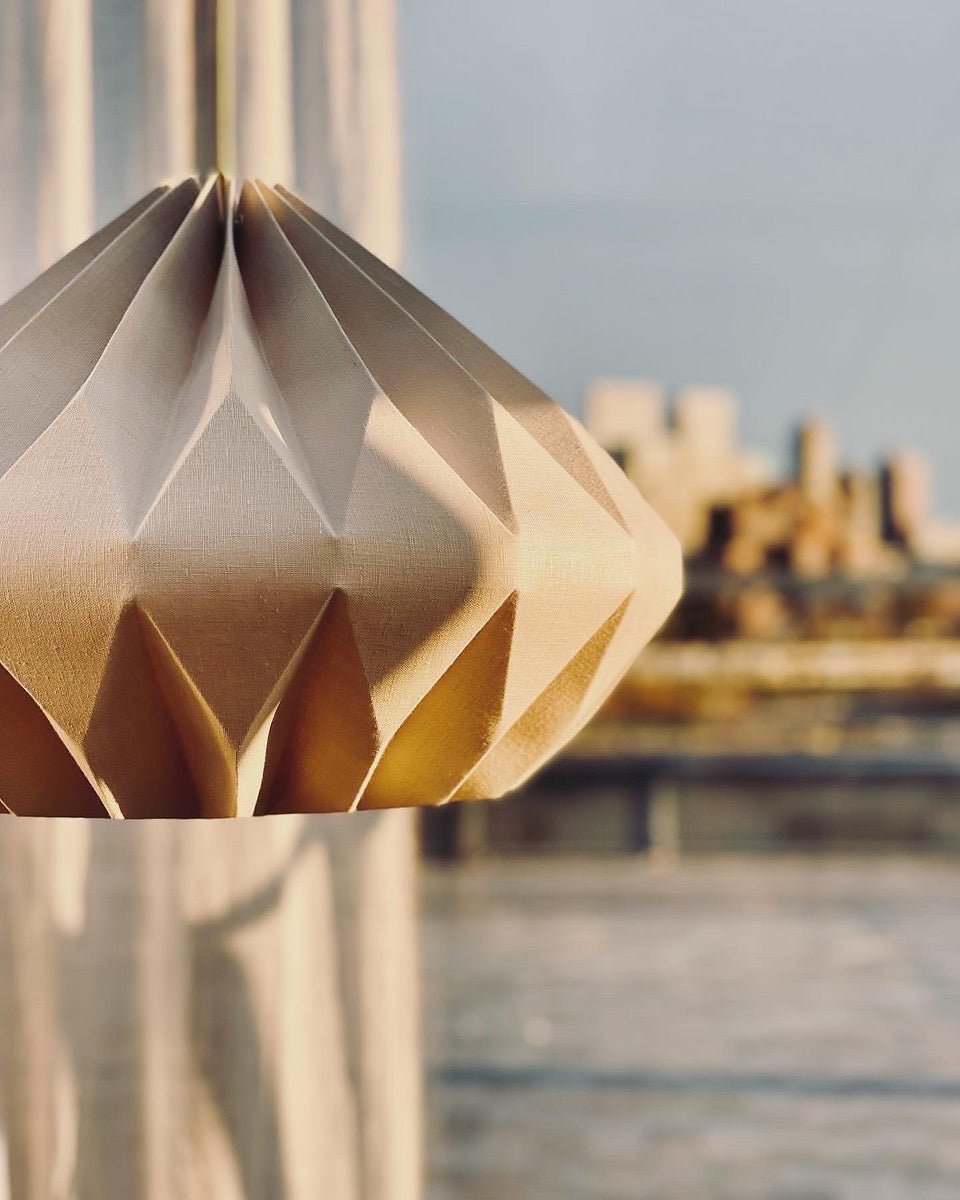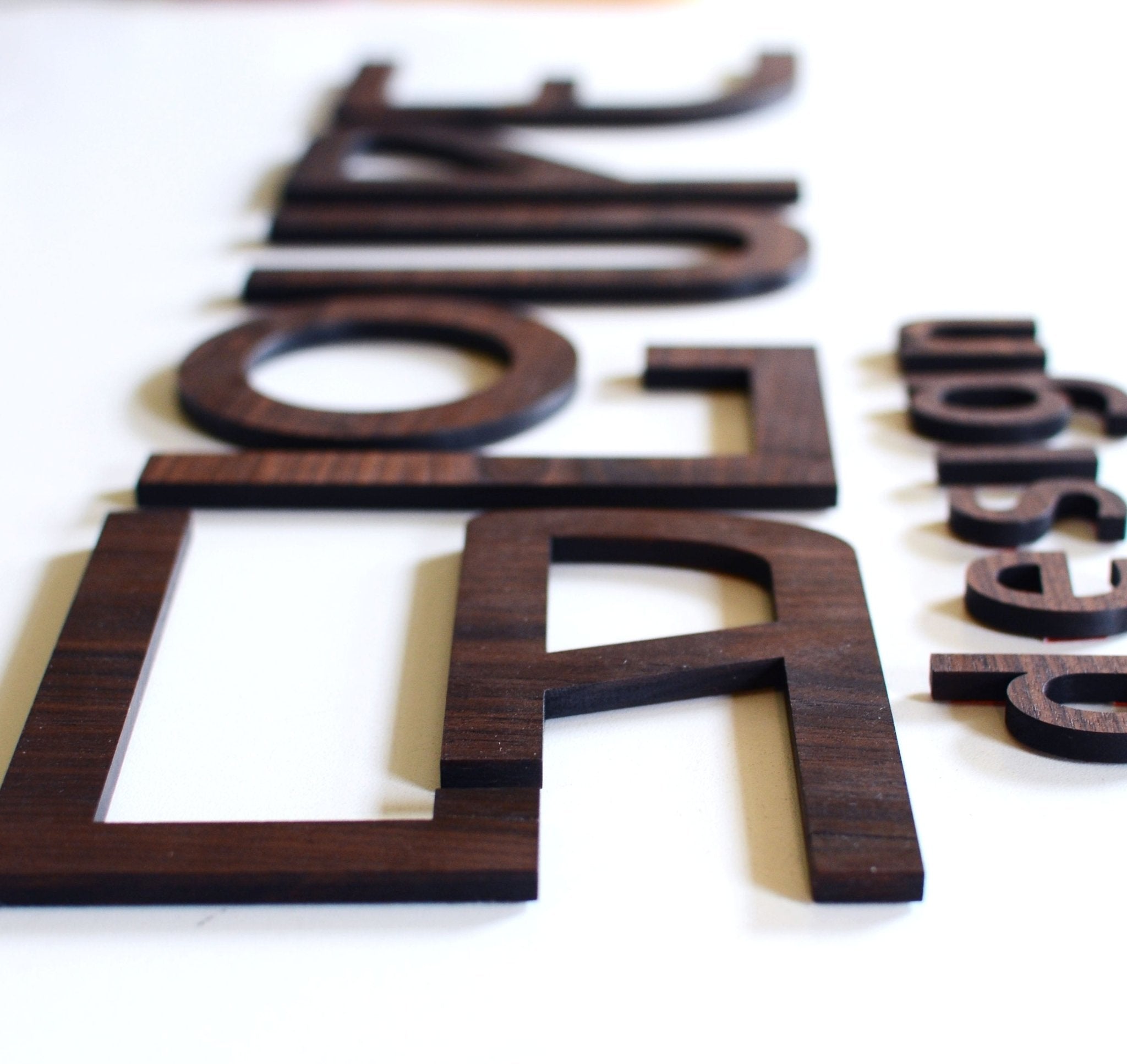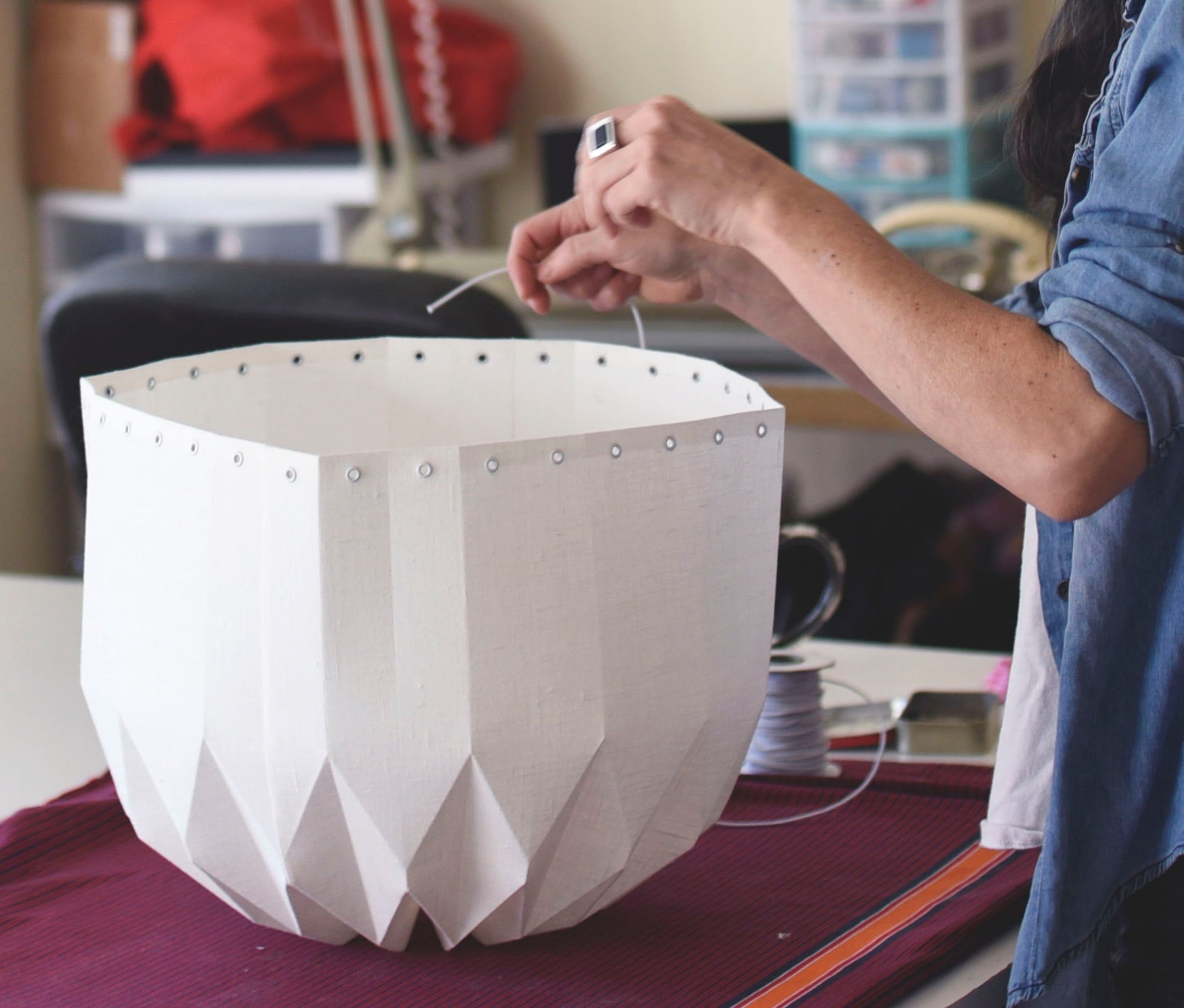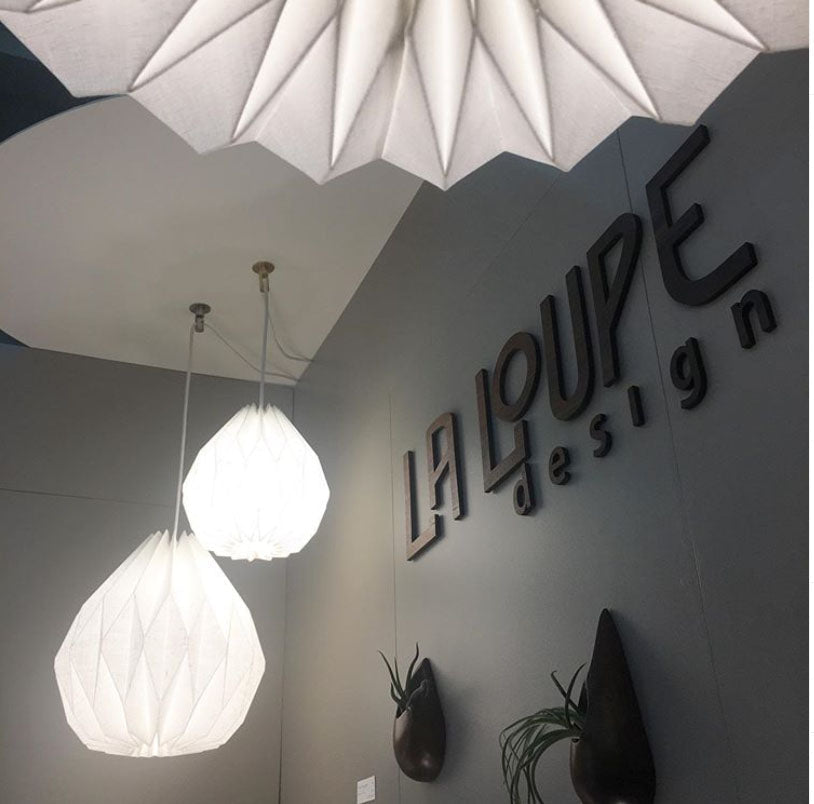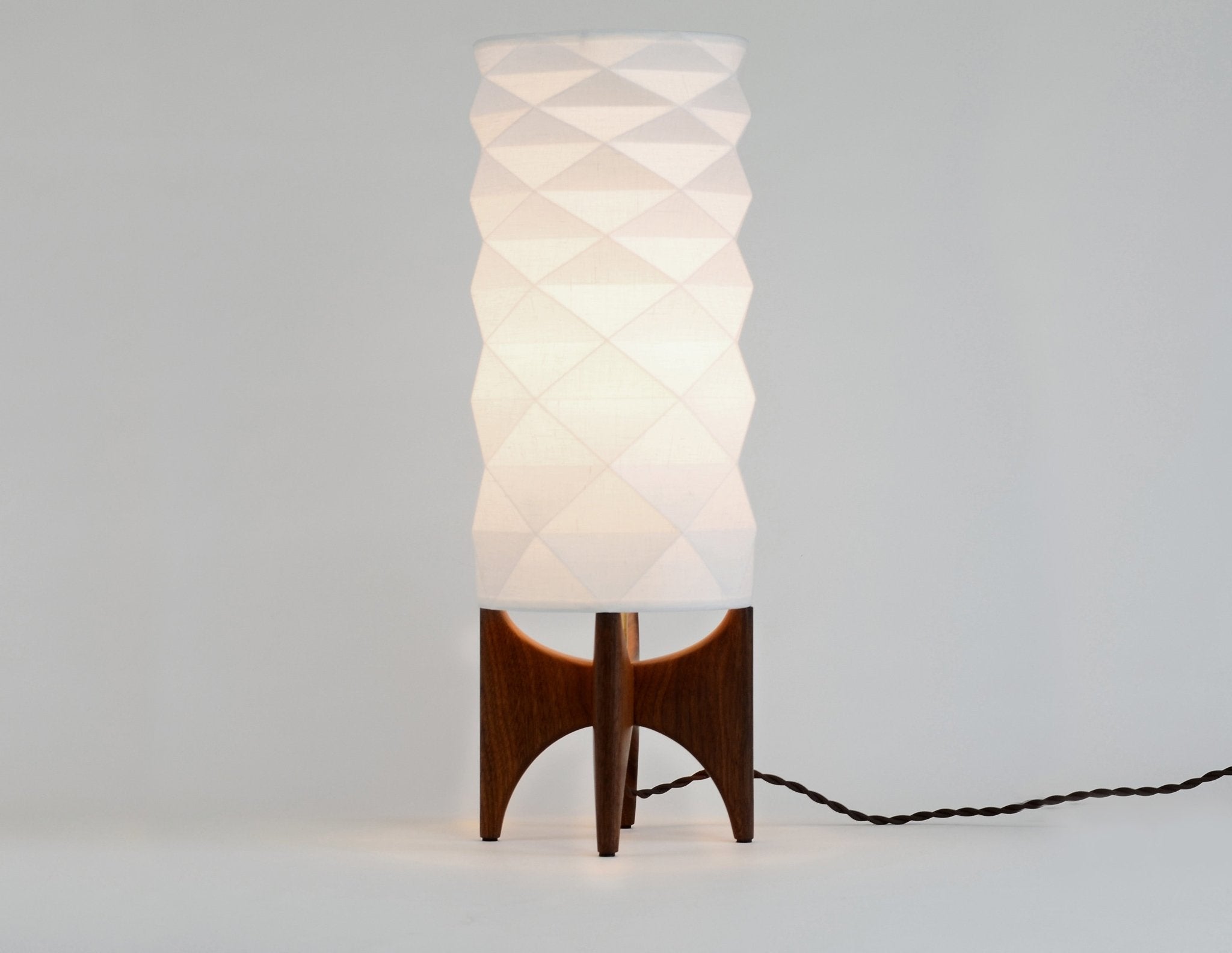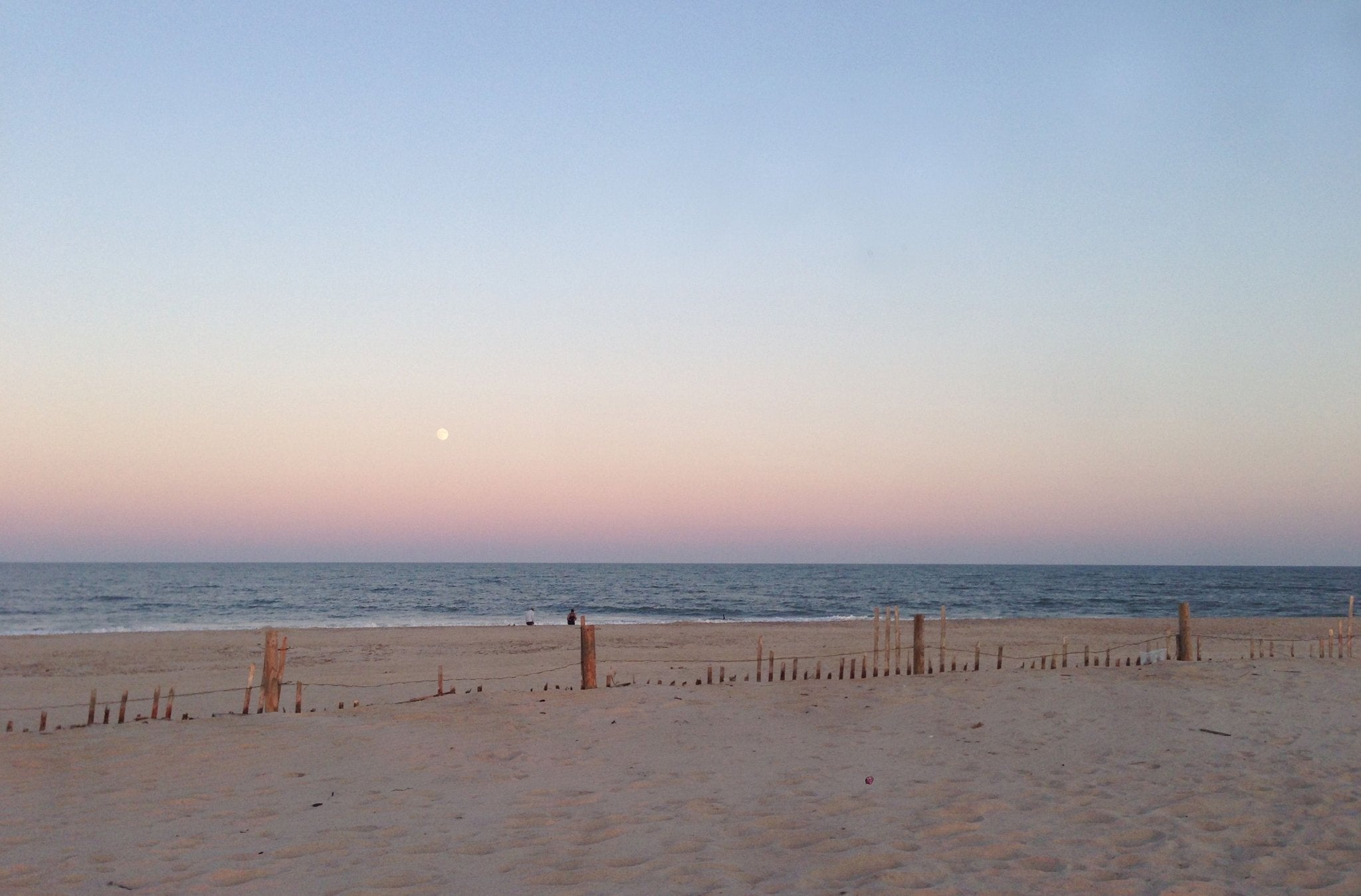Alexander Calder: Modern to Start
 Image - Calder Foundation
Image - Calder Foundation
Last December, after two years, we finally had the chance to visit the MOMA, and we couldn't miss Calder's exhibition. The first thing you encounter when you enter the exhibition is a group of big black abstract "stabiles" and some of their smaller versions, the maquettes. There is such a striking contrast between the forms and their surroundings in this series of black sculptures. Later I learned that in most of Calder's work the color black is used to neutralize the surfaces so that the form becomes more in contrast, where the metal edge meets the air creating tension in the line of the form, and as you walk around them, their contrasted contours start to change and new abstract forms emerge.


Calder’s earliest attempts to construct large sculptures were in the second half of the 1930s. These sculptures were much smaller and more delicate and yet, they are indicative of his early intentions to work on a grand scale. In 1937, Calder created his first large bolted stabile enlarged from an earlier and smaller stabile and fashioned entirely from sheet metal, which he entitled Devil Fish.

Image - Calder Foundation
On entering the next room, his early 1920s artwork transports you back to a world of figurative and ludic imagery. Drawing people and animals in space with wire, Calder creates playful characters out of a single line where everything is connected and the projected shadow becomes a part of the sculpture.

In the last room of the exhibition, you can see how his work shifts into a fully abstract vocabulary during the 30s. Although Calder's first abstract kinetic sculptures were motorized, he eventually became interested in combining pure abstraction with random motion. In his words, his sculptures were just objects; their only meaning just being, residing in the movement in space, which evokes an emotional, poetic, and stillness experience.


His sculptures are abstract while still evoking natural living forms, connecting you with something primordial. He once said in an interview: “I think I'm a realist. Because I make what I see. It’s only the problem of seeing it. If you can imagine a thing, conjure it up in space -then you can make it, and tout de suite you’re a realist. The universe is real but you can’t see it. You have to imagine it. Once you imagine it, you can be realistic about reproducing it.” (From the book “Calder: Gravity and Grace”)




Images from the book "Calder: Gravity and Grace" and from the archive of Calder Foundation
The way he worked and created was very intuitive, and he was focused more on the emotional meaning than anything else. His artworks have no meaning, they are not representing anything, they are not describing anything, they just are.
To Jean-Paul Sartre, the mobile embodied the absolute purity of abstraction. “ A mobile is a little private celebration”, he wrote, “ an object defined by its movement, and having no other existence. A "mobile" does not suggest anything. It captures genuine living movements and shapes them. "mobile has no meaning. They make you think of nothing but themselves. They are…that is all”.
My visit to this exhibition was an inspiring and meditative experience. I have several favorite pieces, but I was amazed by all his work. I highly recommend seeing it in person if you have the chance. Check out the links below to see more of his work.
LINKS:
- Alexander Calder’s statement, about the gentle impulse of his art in motion
https://www.moma.org/magazine/articles/518
- Short videos from Calder’s artwork exhibition at the Whitney Museum of American Art in the year 2017 where you can have a glance at his sculptures in motion.
https://whitney.org/exhibitions/calder-hypermobility
- Calder Foundation
https://calder.org/


